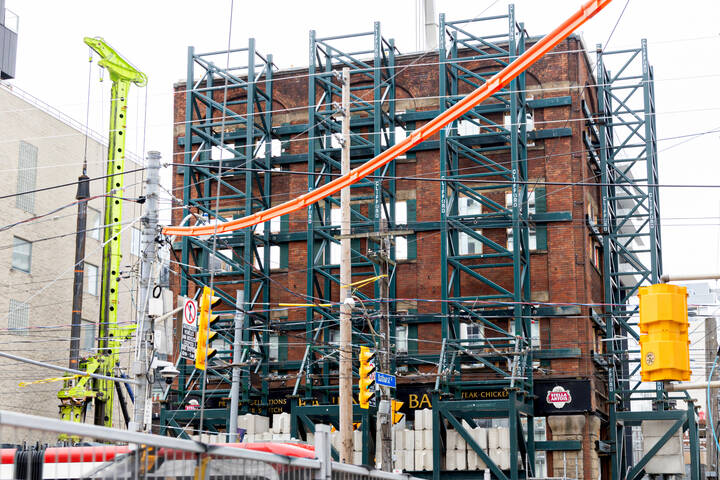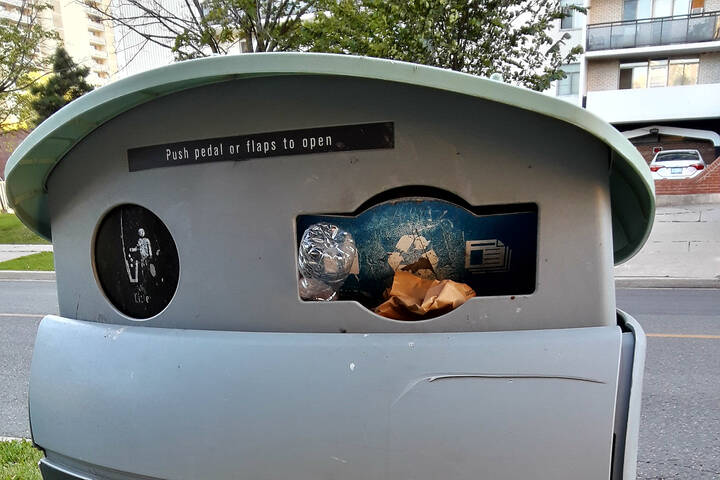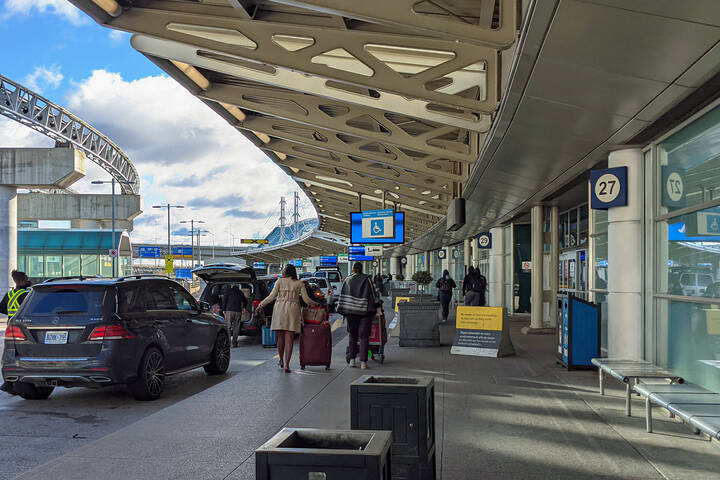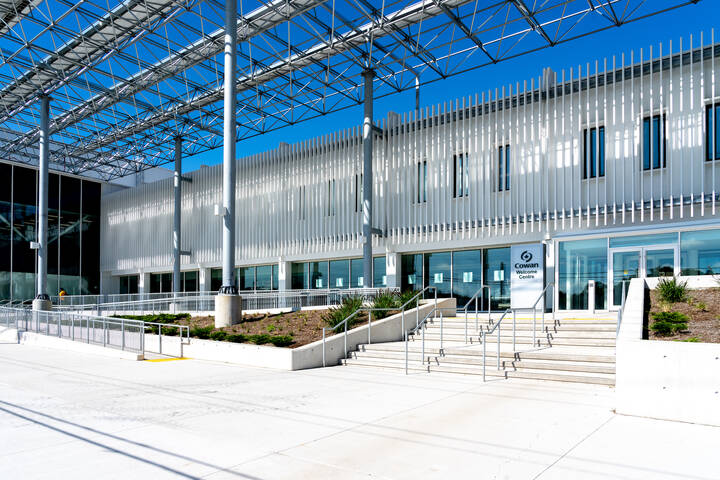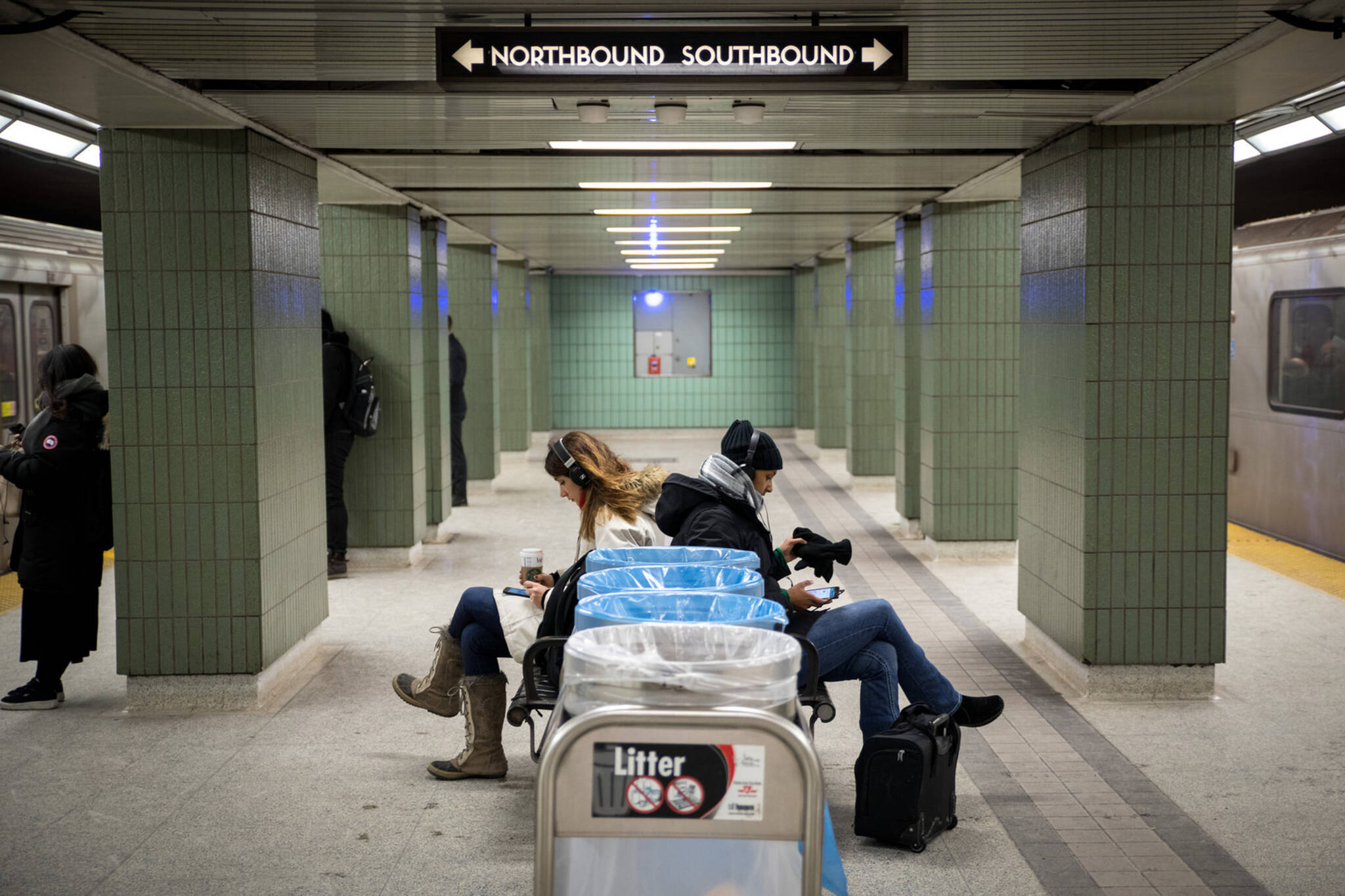
TTC outlines bold plans to increase ridership
Toronto's public transit authority wants to get more people riding the red rocket – even if it means conceding some business to services like Uber in the process.
The TTC released its 2018-2022 Ridership Growth Strategy last week in preparation for a board meeting on Thursday, where officials will discuss the agency's corporate plans for the next five years.
These plans include retaining all current customers, boosting the number of rides each current customer takes every year, and attracting new customers to the system.
But how?
Ridership growth has been stagnant since 2014, according to the TTC, with passengers taking about 535 millions trips each year – and nothing to suggest a higher number in 2018.
"A multitude of mobility options, including cycling, walking, bike and car sharing in Toronto have been growing rapidly and are becoming more and more tailored to the individual and trip type," reads the growth plan report.
"The transportation system has shifted from a traditional model of owning a car or using public transit, to a 'mobility as a service' system," it continues, "where one either owns their car or accesses a sharedcar/bike alternative."
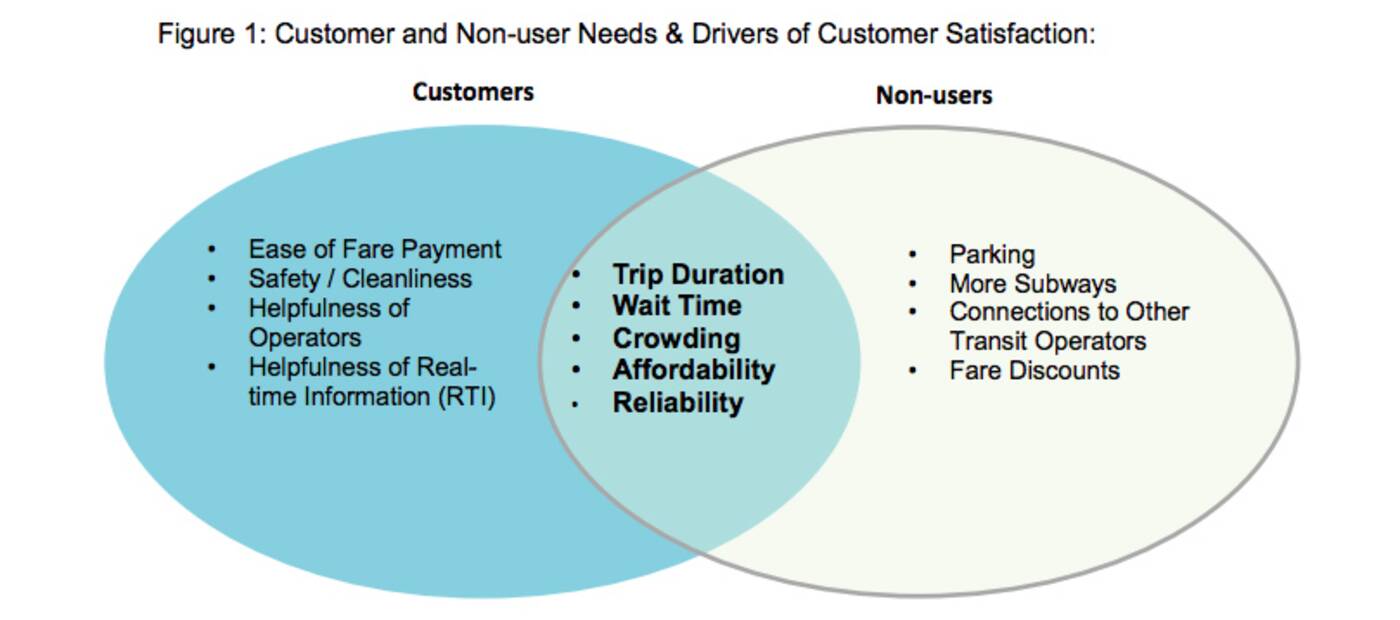
TTC slide outlining various ridership growth strategies catering to customers and potential customers. Image via the TTC.
In the spirit of 'if you can't beat 'em, join 'em,' the TTC would like to "assess the feasibility of providing microtransit as a service offering at the TTC."
This could mean partnering with local ride-sharing services like Uber, according to The Star, to provide customers with a more comprehensive, door-to-door transit service.
Another idea proposed within the Ridership Growth Strategy action plan documents is "a Transit Surface Priority Plan in collaboration with City Staff that allows buses and streetcars to operate more quickly and consistently on key corridors."
In other words, replicating the King Street Transit Pilot (or parts of it) on other busy surface routes.
Dozens of different ideas are proposed within the action plan documents, including:
- Expanding bike infrastructure at up to 40 stations
- Creating promotional materials in languages other than English
- Expanding Wi-Fi into to subway tunnels
- Continuing to work on fare integration initiatives
- Developing transit education programs in schools
- Optimizing "stop spacing" to improve safety and reliability
- Creating a U-Pass for post-secondary students
- Including TTC rides in the price of tickets for events and sports
Ironically, one of the transit commission's top priorities in trying to boost ridership is the relief of overcrowding on bus, streetcar and rapid transit services.
"It is estimated that overcrowding during 25 peak periods and 4 off-peak periods where crowding exceeds 30% of the standard can be addressed beginning in September 2018," reads the document, "at a cost of $1 million in 2018 and $4 million annually thereafter."
The idea is that more people would take public transit if they didn't have to compete with so many other customers just to hop aboard.
Latest Videos
Latest Videos
Join the conversation Load comments


